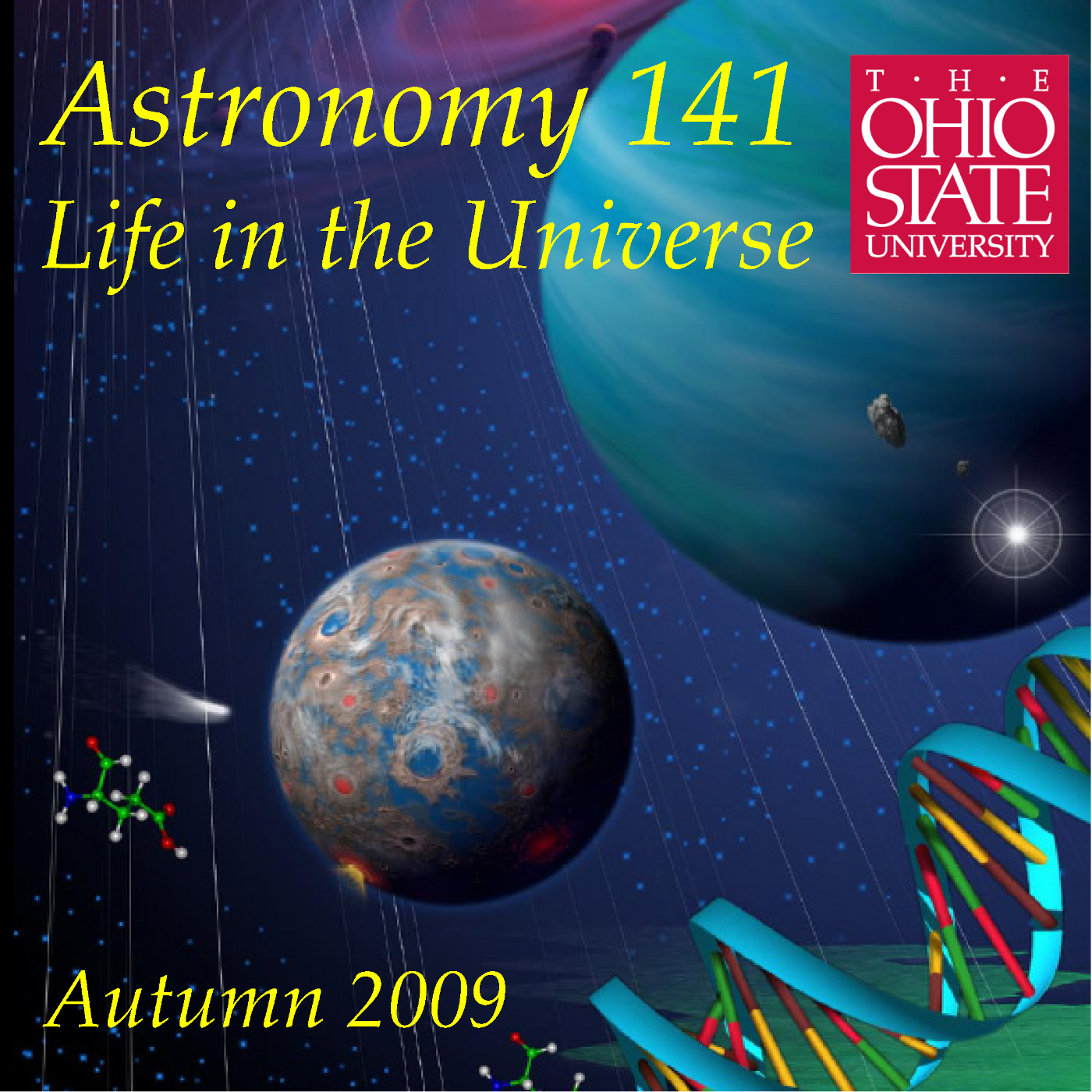Lecture 34: Habitable Zones around Stars
Description
Which stars are the most hospitable for life? This lecture examines the
factors affecting the habitability of stars, with a goal of
understanding where we should search for life-bearing planets. We will
do this by generalizing the idea of a Habitable Zone developed for the
Sun back in Lecture 30. In this context, we find that the best places
to search for life would be rocky planets in the habitable zones of
low-mass main-sequence stars. There are a number of caveats we will
discuss - tidal locking, stellar flares, and UV radiation - and
limitations to the approach, but it seems to be a good place to start
our search. Recorded live on 2009 Nov 13 in Room 1005 Smith Laboratory
on the Columbus campus of The Ohio State University.
More Episodes
Course finale and summary. We look back over where we've been the last
eleven weeks, and bring together all of the main themes of this course
on Life in the Universe. Recorded live on 2009 Dec 4 in Room 1005 Smith
Laboratory on the Columbus campus of The Ohio State University.
Published 12/04/09
Published 12/04/09
How will life, the Universe, and everything end? This lecture looks at
the evolution of our expanding Universe to project the prospects for
life into the distant cosmological future. Recent observations show
that we live in an infinite, accelerating universe. I will trace the
evolution of the...
Published 12/03/09


